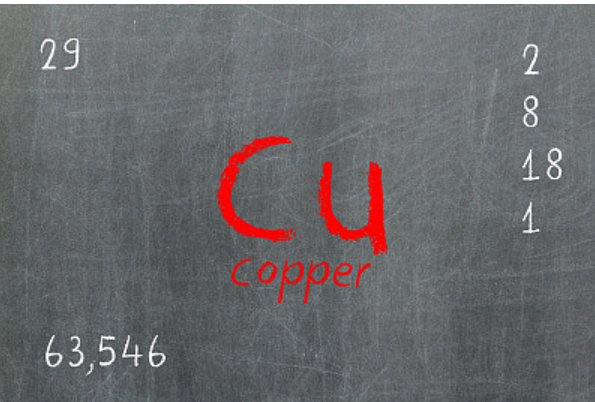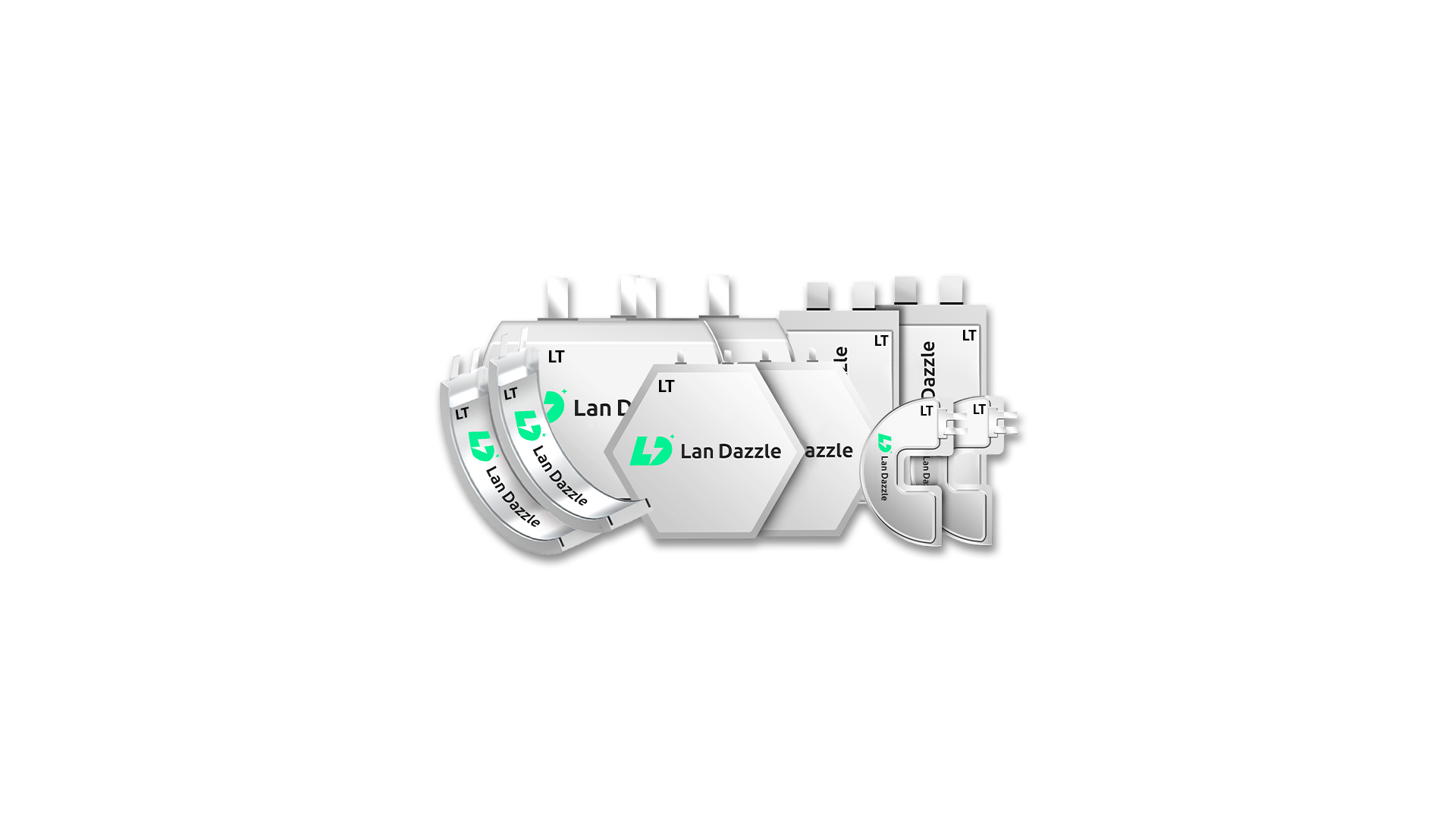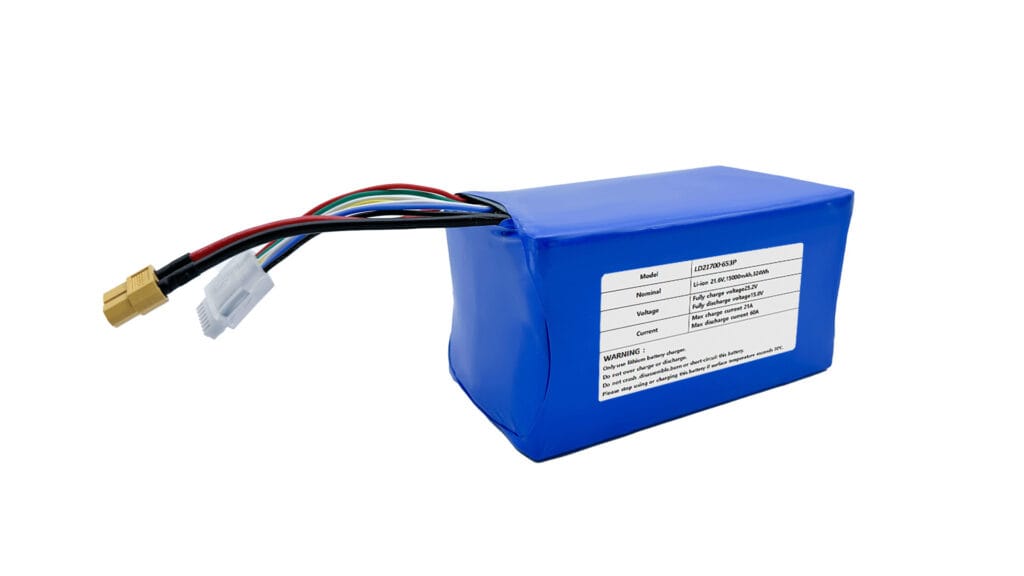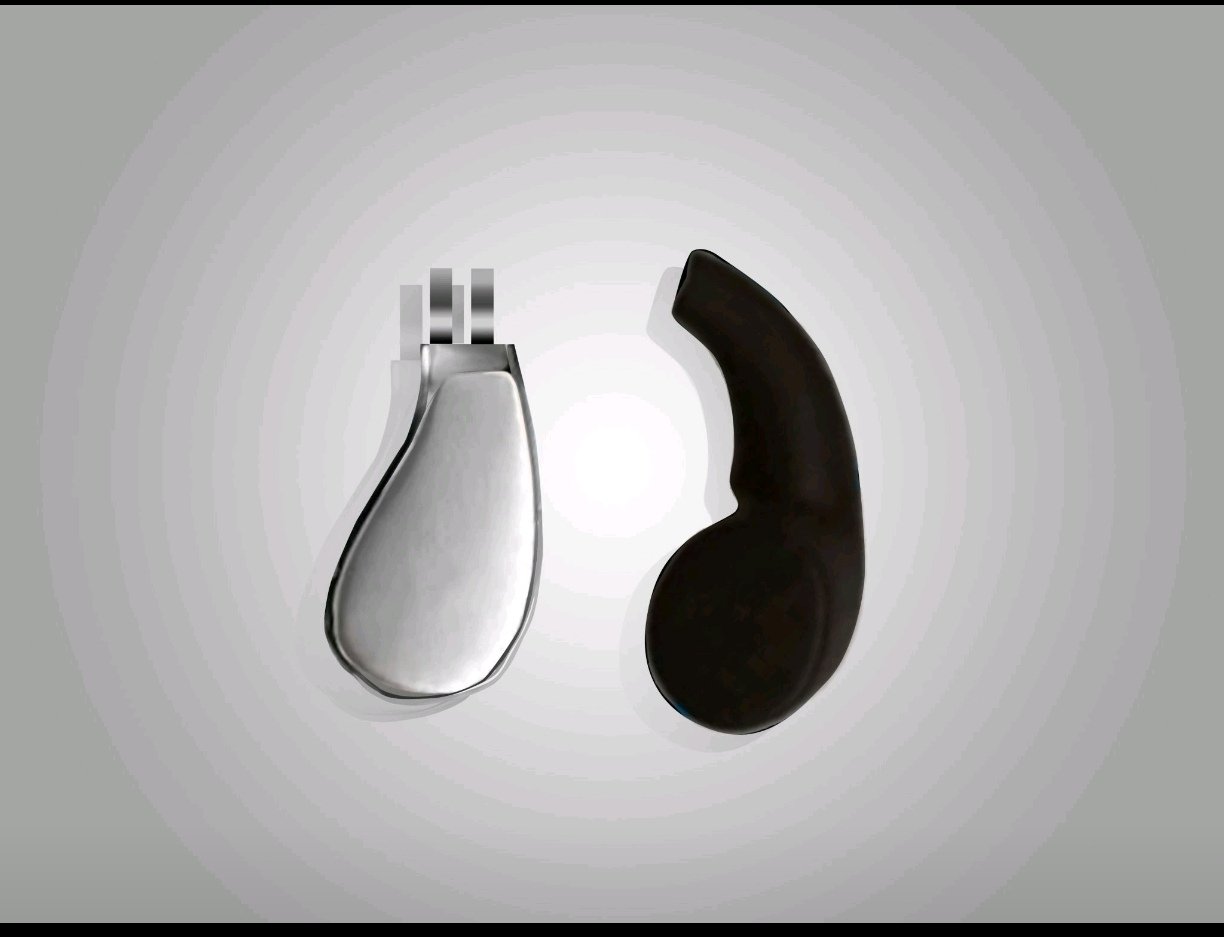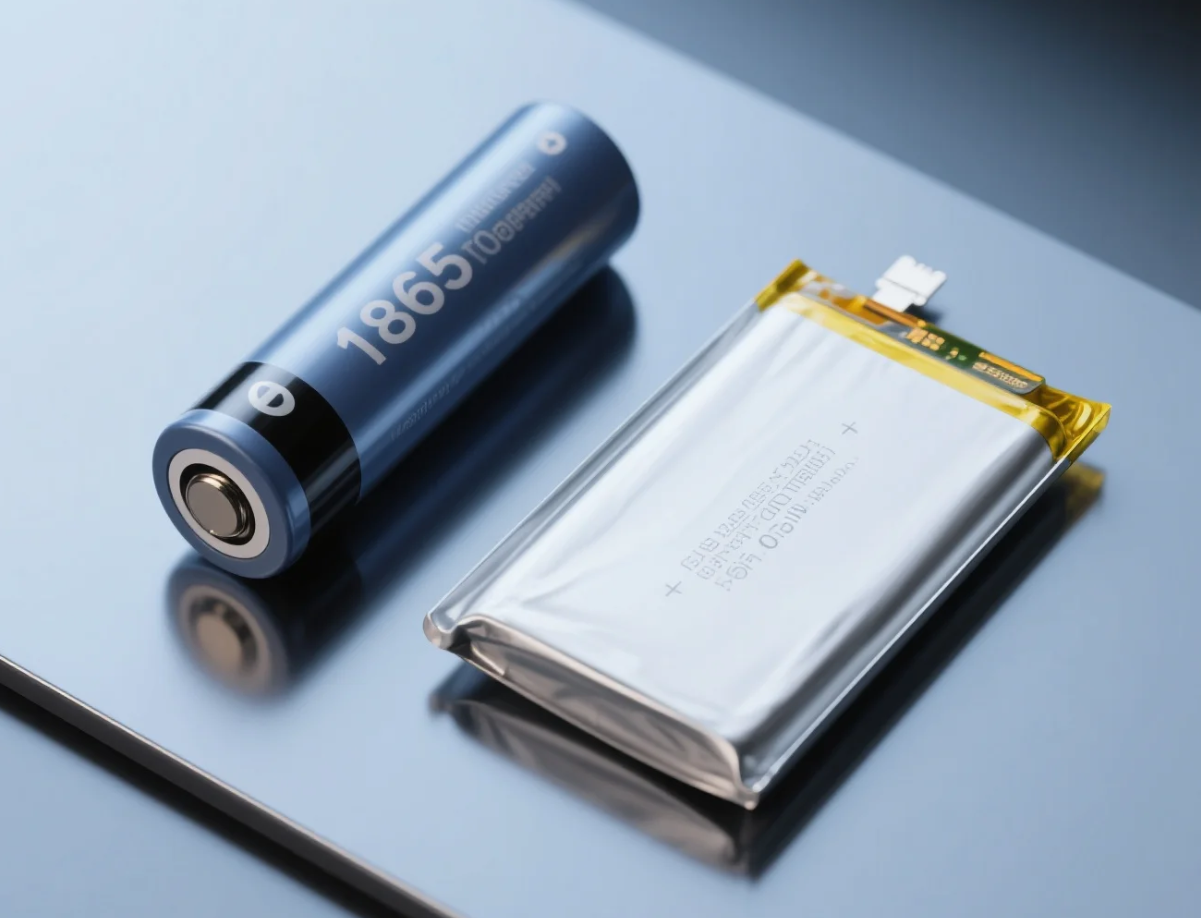导言
锂离子电池是现代便携式电子产品、电动汽车(EV)和可再生能源存储系统的支柱。虽然锂、钴或镍备受关注,但铜在电池性能和效率方面发挥着同样重要的作用,但却经常被忽视。本文将深入探讨锂离子电池中的铜含量、其功能重要性以及与电池可持续性的关系。我们将探讨为什么铜在锂离子电池技术中仍然不可或缺。
Where Does the Copper Live?
To understand how much copper is in a battery, we first need to know where to find it. A lithium-ion battery cell, the basic building block of a larger battery pack, has four key components that work in concert to store and release energy.
A Quick Tour of a Li-ion Cell
- Cathode (+): The positive electrode, typically made of materials like Nickel Manganese Cobalt (NMC) or Lithium Iron Phosphate (LFP).
- Anode (-): The negative electrode, where energy is stored when charging. It’s usually made of graphite.
- 电解质 A liquid or gel medium containing lithium salts that allows lithium ions to flow between the cathode and anode.
- 分离器 A micro-porous membrane that keeps the cathode and anode from touching, which would cause a short circuit.
When you charge a battery, lithium ions travel from the cathode, through the electrolyte, and embed themselves in the anode. When you use the battery, they travel back. But the ions are only half the story; the electrons they leave behind need a path to travel, and that’s where copper comes in.
锂离子电池中的铜
锂离子电池主要使用铜,因为铜具有高导电性、耐用性和成本效益。标准锂离子电池中大约含有 8-15% 重量的铜,具体取决于其设计和应用。例如
| 电池类型 | 铜含量(每个电池)
|
主要应用 |
|---|---|---|
| 钴酸锂(LCO) LCO (钴酸锂) | ~12-15% | 智能手机、笔记本电脑 |
| 镍钴锰酸锂(NMC) | ~10-12% | 电动汽车、电动工具 |
| LFP (LiFePO₄) | ~8-10% | 储能系统、电动汽车 |
| 固态电池 | ~5-8%(预计) | 下一代电动汽车、航空航天 |
例如,特斯拉 Model 3 NMC 电池组包含 ~60 千克铜而基于 LFP 的比亚迪刀片电池则使用 ~40 公斤 由于其设计更简单,能量密度更低。
为什么铜在锂离子电池中必不可少?
1.阳极电流收集器
在锂离子电池中,铜箔被用作负极(通常由石墨或硅基材料制成)的集流体。铜的高导电性可确保负极材料与外部电路之间有效的电子转移,最大限度地减少能量损失,提高电池性能。铜的表面光滑,可以均匀地涂覆阳极材料,确保电池稳定运行。
2.低电阻率
铜是电阻率最低的金属之一(20°C 时为 1.68 × 10-⁸ Ω-m),可降低电池的内阻。电阻降低可提高效率、减少发热并改善能量传输。
3.机械强度和柔韧性
铜箔薄、轻、机械强度高,是锂离子电池紧凑灵活设计的理想选择。它能承受电池组装、充电和放电循环过程中的机械应力,而不会断裂或变形。
4.化学稳定性
铜在锂离子电池的电化学环境中相对稳定,尤其是在阳极侧。它不会与电解液或阳极材料发生明显反应,从而确保了电池的长期可靠性和性能。
5.导热性
铜的高导热性有助于散发电池工作时产生的热量,降低过热风险,提高安全性。
6.成本效益
虽然铜不是最便宜的材料,但它在性能、耐用性和成本之间的平衡使其成为锂离子电池中电流收集器最实用的选择。铜箔易于处理和整合到电池制造工艺中,可实现电极的高速生产。
铜与替代品:为什么没有替代品?
尽管人们努力寻找更便宜的材料,但由于铜的特性,它仍然是不可替代的:
-
卓越的导电性:铝虽然便宜,但 60% 的导电性较低,不适合用于阳极收集器。
-
机械强度:铜箔能经受反复的石化/退火循环而不开裂。
-
可回收性:铜在回收后仍能保持 95% 的特性,符合循环经济的目标 (电力资源期刊》,2022 年).
对环境和经济的影响
1.采矿和供应链挑战
铜矿开采占全球碳排放量的约 0.2%。随着锂离子电池需求的激增,到 2040 年,铜产量必须增加 300% 才能达到电动汽车的目标 (国际能源机构,2023 年).这引起了人们对资源枯竭和道德采矿行为的关注。
2.回收创新
回收锂离子电池可回收多达 99% 的铜,从而减少对原始材料的依赖。红木材料公司(Redwood Materials)等公司正在开创闭环系统,以应对这一挑战 (红木材料,2023 年).
铜在锂离子电池中的应用前景
As battery technology evolves, so does copper’s role. The focus is now on making copper work smarter and ensuring its lifecycle is as sustainable as possible.
Innovations in Copper Foil Technology
The frontier of battery technology isn’t just in chemistry; it’s also in materials science. Researchers and manufacturers are pushing the limits of copper foil, developing products that are:
-
- Thinner and Lighter: Moving from 8-micron foil to 6-micron or even 4.5-micron foil reduces weight and allows for more active material to be packed into the cell, increasing energy density.
- Stronger and Safer: Advanced foils have higher tensile strength to prevent cracking during battery manufacturing and use.
- Higher Adhesion: Surface treatments on the foil improve how well the graphite anode sticks, which enhances battery performance and lifespan.
Landazzle 电池:开创可持续电力解决方案
随着锂离子电池行业的发展、 Landazzle 电池 站在创新的前沿。我们为医疗设备、机器人、电动汽车、无人驾驶汽车和消费电子产品提供定制解决方案。
选择 Landazzle Battery--性能与可持续性的完美结合。
探索 https://landazzle.com/batteries/battery-pack/!
